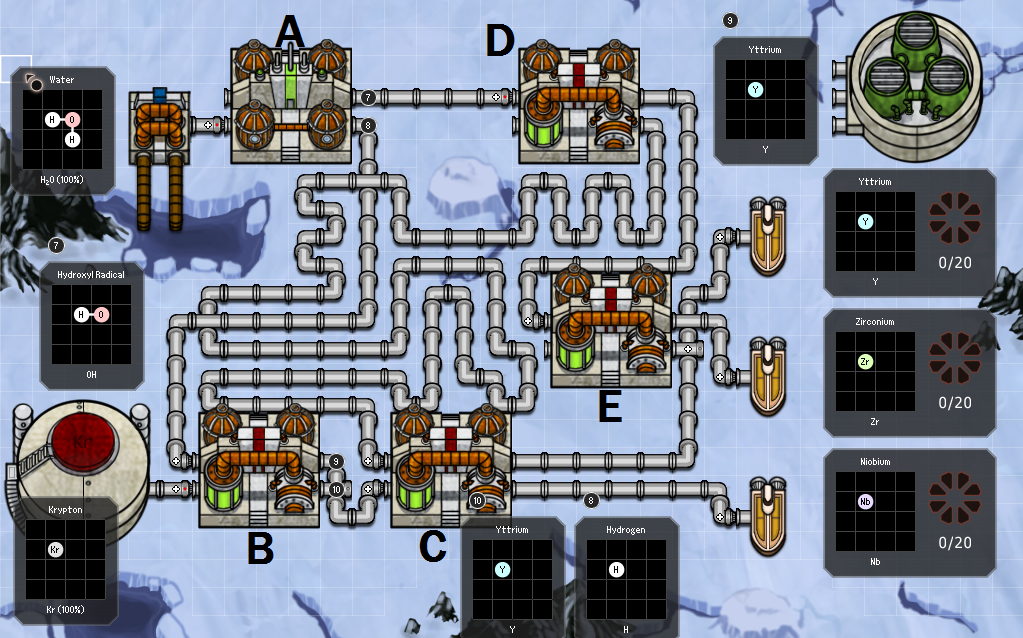

Heat transfer performance of silver/water nanofluid in a solar flat-plate collector.

Entropy generation in MHD flow of viscoelastic nanofluids with homogeneous-heterogeneous reaction, partial slip and nonlinear thermal radiation. Effect of magnetic field orientation on nanofluid free convection in a porous cavity: a heat visualization study. Evaporative heat transfer, pressure drop and critical heat flux in a small vertical tube with R-113. Pool boiling heat transfer experiments in silica–water nano-fluids. Numerical investigation of cooling a ribbed microchannel using nanofluid. Heat-transfer correlations for natural convection boiling. The fouling formation reduced the HTC of the NF such that themaximum reduction in the HTC was 21.6% after 1000 minutes of the operation of the heater. It was also foundthat a continual fouling layer of nanoparticles (NPs) was formed on the boiling surface, which induced a thermalresistance against the boiling heat transfer.

The highest value measured for PD was 9 kPa recorded at a weightfraction of 0.15 and Re=13500, which was 28% larger than that of measured for the base fluid.

Also, the PD was augmented due to the increase in the velocity andflow and also weight concentration of NF. The bubble formation was also found to be a strong function of the appliedHF such that with increasing the HF, the rate of the bubble formation increased, which was also the reason behindthe augmentation in the HTC at larger AHFs. The maximum enhancement in HTC due to increase of the IT from 333 K to 363 K was4.2% at wt.%=0.15 and Re=13500. The IT of the NFslightly increased the HTC, which was due to the enhancement in the thermal and physical properties such asthermal conductivity. The reduction in HTC was attributed to theformation of continual sedimentation on the boiling surface after 1000 minutes of the operation. It was demonstratedthat the increase in the volume flow and the AHF can increase the HTC while increasing the weight concentrationof the NF, initially increased the HTC such that the maximum enhancement in the HTC was 35.7% at wt.%=0.15and Re=13500, however, over the time, the HTC of the NF decreased. A set of experiments wasdesigned and performed at inlet temperature (IT) of the NF (333 K-363 K), the applied heat flux (AHF) (4.98kW/m2to 112 kW/m2), 1988 < Re < 13,588 and dispersion concentration of wt.%=0.05 to wt.%=0.15) on theaverage heat transfer coefficient (HTC) and boiling section’s average pressure drop (PD). TRACTA range of experiments was conducted to measure the heat transfer characteristics of titaniumoxide/deionized water nanofluid (NF) inside a steel-made Pyrex annular system.


 0 kommentar(er)
0 kommentar(er)
